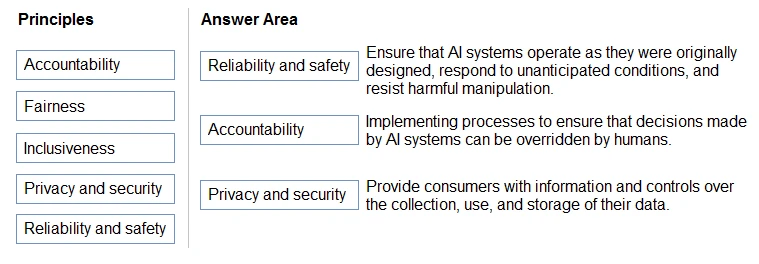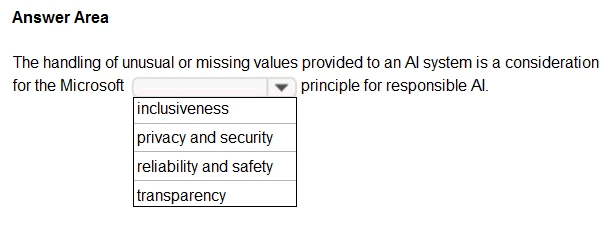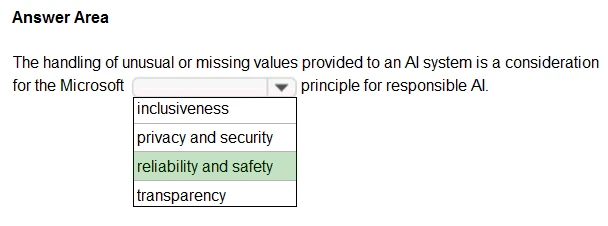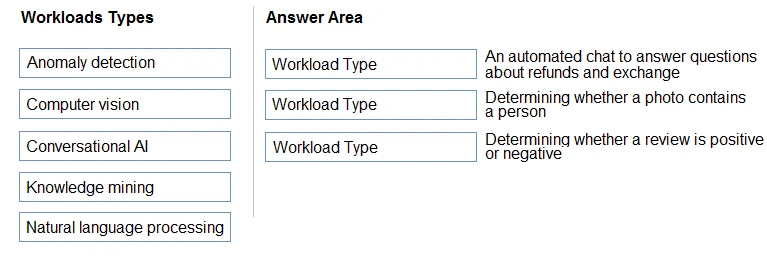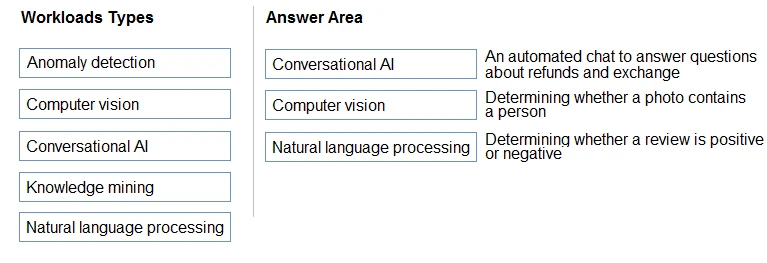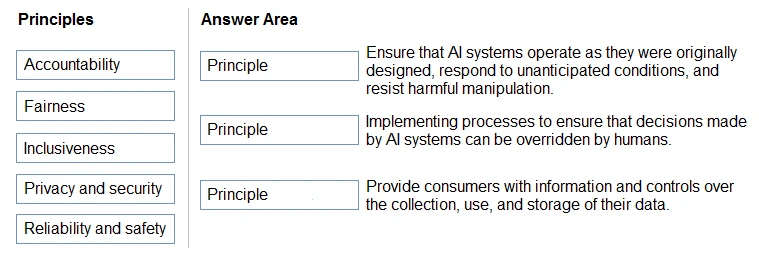Box 1: Reliability and safety -
To build trust, it's critical that AI systems operate reliably, safely, and consistently under normal circumstances and in unexpected conditions. These systems should be able to operate as they were originally designed, respond safely to unanticipated conditions, and resist harmful manipulation.
Box 2: Accountability -
The people who design and deploy AI systems must be accountable for how their systems operate. Organizations should draw upon industry standards to develop accountability norms. These norms can ensure that AI systems are not the final authority on any decision that impacts people's lives and that humans maintain meaningful control over otherwise highly autonomous AI systems.
Box 3: Privacy and security -
As AI becomes more prevalent, protecting privacy and securing important personal and business information is becoming more critical and complex. With AI, privacy and data security issues require especially close attention because access to data is essential for AI systems to make accurate and informed predictions and decisions about people. AI systems must comply with privacy laws that require transparency about the collection, use, and storage of data and mandate that consumers have appropriate controls to choose how their data is used
Reference:
https://docs.microsoft.com/en-us/learn/modules/responsible-ai-principles/4-guiding-principles
